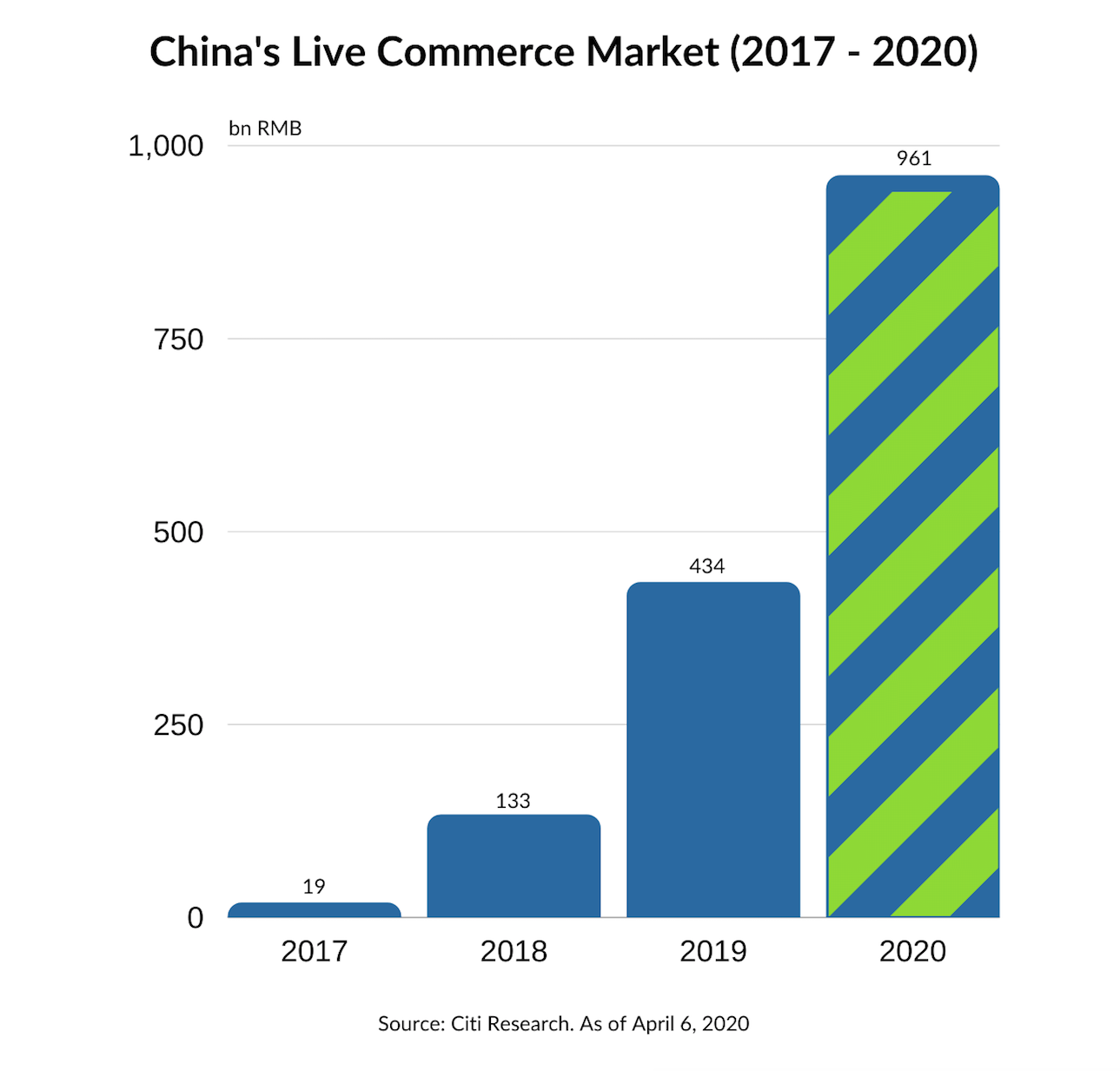How COVID-19 is Accelerating Ecommerce Trends
COVID-19 has reminded us that stepping into new business ventures & pivoting away from income security warrants some caution, but it’s also the time to embrace an unprecedented opportunity. While the pandemic brought some industries to a near standstill, ecommerce is seeing explosive growth & staggering shifts. Adobe found the pandemic resulted in an increase in online consumer spending of $93.9 billion since March 2020.
Whether you’re forced to find a new income source or are dreaming of something new, COVID-19 could help usher your ecommerce goals into fruition. Thinking about getting into the online space? Take a look at how COVID-19 is accelerating ecommerce trends.


Shoppers Are Flocking to Ecommerce
The amount of time people are spending at home is skyrocketing. Fewer people are spending money going out and shopping at brick and mortar businesses. Instead, they’re staying connected via social media, entertaining themselves online, and browsing ecommerce shops for everything from groceries to clothes and gadgets.
We researched just how much more time people are spending online. We discovered that 47% of people ages 16 to 64 reported spending time on social media, which means increased exposure to brands with a presence on apps like Facebook, Instagram, TikTok, & Twitter. An influx of new social media users is just one reason why right now is the perfect time to dive into ecommerce.
Mom & Pop Shops Go Online
Mom & Pop shops, who successfully opened before the dawn of ecommerce, never had much reason to enter the online space. Other shops rose to prominence through local support or word of mouth & didn’t really need an online presence.
However, when COVID forced small businesses to shutter their physical locations, Mom & Pop shops had little choice but to rapidly adapt to ecommerce with the help of DIY platforms like Shopify & Amazon’s FBA. Newcomers to the ecommerce space are also adapting & learning to use to digital marketing tools like email, newsletters, social media, & blogging to market their businesses.
To date, the transition to online ecommerce is overwhelmingly positive. Shopify reported that brick-and-mortar stores have been able to replace 94% of their in-store sales online.


Business Models Are Rapidly Shifting
We’ve come a long way since the first retail transaction in 1994 when a man named Phil Brandenberger purchased a Sting album using his computer. However, even with the rise of eBay, Amazon, & Shopify, many businesses have largely been rooted in a brick & mortar model.
The ecommerce world is playing serious catch-up during the COVID crisis. Prologis Research reports the U.S. ecommerce penetration jumped from 15% at the end of 2019 to 25% in April 2020 after the pandemic hit. Ecommerce was already here to stay & growing quickly, but the sudden surge during the pandemic could account for several years of accelerated adoption to the ecommerce industry.
Supply Chains Are Strained
There are some downsides to the accelerating growth during COVID. Supply chains & inventory are strained, making ecommerce fulfillment more challenging than it was previously. With so many online shopping outlets to choose from, customers will go to whichever outlet has a combination of lowest prices & shortest delivery time.
Vulnerable supply chains are an opportunity to reimagine how online business is conducted & continue to improve the user experience. Store owners will likely turn to done-for-you production, delivery, & quality control solutions. For example, our customers come to us for direct-to-garment, dye sublimation, & embroidery solutions with fast global fulfillment. However, business owners’ real goals are to increase revenue & profits while streamlining their logistics, especially when living in a world where ecommerce may be the only way stores can stay in business.
Live Ecommerce Goes Mainstream
Live ecommerce was already emerging before the pandemic but has expanded rapidly. Celebrities, influencers, & ecommerce business owners are taking to live-streaming products with real-time purchasing options. The trend is already going strong in China, with their live ecommerce sales set to double by next year.
HSN & QVC are already selling via live streaming, and the trend is escalating during COVID. Live shopping feels more like an online experience than ever before, where consumers can speak directly to the vendor or influencer and connect. Ecommerce fulfillment is also part of that seamless experience, where customers expect high-quality products and fast turn-around time.


Ecommerce Gets More Experiential
Consumers are no strangers to experiential shopping where athletic stores set up soccer fields in their shops, or retail giants like REI hosts adventure-focused hiking & rafting events. Ecommerce was also dabbling in the experiential, but it seemed to piggyback on whatever the brand’s brick & mortar anchor was promoting.
The pivot during COVID isn’t strictly about sales & fulfillment solutions. It’s also about finding a meaningful way to connect with customers on an intimate level to keep them engaged & shopping. Brands like Nike & local shops alike started offering live streaming workouts & other events. Everyone from book retailers to furniture stores were suddenly offering some kind of experiential, virtual experience that tied back into promoting & selling products & services.
Black Friday Goes Online
Many consumers were already drifting towards online sales to skip the frantic Black Friday crowds. Others were blending a mix of in-person & online shopping to score the best deals.
The pandemic is changing the game by grinding in-person sales to a halt. Walmart hasn’t closed its doors on Thanksgiving since the 1980s or skipped Black Friday sales. But by late July of 2020, Walmart, Target, & other major retailers had already announced they were canceling their legendary Black Friday sales, at least at their physical locations. The dramatic shift to online-only Black Friday is an opportunity for smaller ecommerce retailers to be seen, but also increases the pressure to compete on lower prices.


Products Demand Pivots During the Pandemic
It didn’t take long for ecommerce retailers to start pivoting to meet the demand for items like Lysol, disinfectant wipes, & face masks. Selling face masks is now a booming business on sites like Etsy, with customized options to match your favorite colors, hobbies, & designs.
However, the psychology of the purchasing decision is shifting during the pandemic. CustomCat user Joe Gagnon said it best with, “A mask is not only fulfilling a physical need but also an emotional one of safety, so the bar to achieve a happy customer is much higher than just selling a t-shirt.” Ecommerce retailers need to balance the demand of the product with the emotional needs of the consumer.
Niche Brands Thrive During COVID-19
It’s no secret that juggernauts like Amazon are thriving during COVID, but so are smaller, niche brands. Outlets like Empathy Wines with locally sourced California grapes & Warby Parker, who sells prescription eyeglasses with a free home try-on program, are also seeing success during COVID.
Small, specialty brands were already taking to ecommerce to increase their efficiency & tap into a growing trend: People were increasingly avoiding big malls and crowded brick & mortar outlets. Niche brands saw ecommerce as a rapid growth industry where people would eventually prefer shopping from home than anywhere else.
Unemployment Leads to Online Ventures
We’ve all seen the grim headlines about soaring unemployment rates. We’re also settling into a new reality that jobs in industries like travel & live entertainment aren’t coming back in full force anytime soon. With fewer job options, more people are looking to side hustles or complete transitions into new careers. According to an April survey by TD Ameritrade, 65% of Americans ages 24 & older who lost a job or faced reduced work hours plan to work a side hustle.
Some people have no choice but to pivot their careers, while others see COVID as an opportunity to look critically at their lifestyles & work to make big changes. Instead of returning to lackluster careers, some people are entering into the ecommerce space for the first time to pursue a lifelong dream. It’s also never been easier to sell online & leverage ecommerce fulfillment with options like Shopify, FBA, eBay, Etsy, Poshmark, & other platforms that can be set up in no time.


COVID-19 may not be the change we wanted, but it’s here to stay for an indefinite amount of time. What the ecommerce trends show is we can harness its power to accelerate our own side hustles, ventures, and dreams to find a new normal we love to live.



One thought on “How COVID-19 is Accelerating Ecommerce Trends”